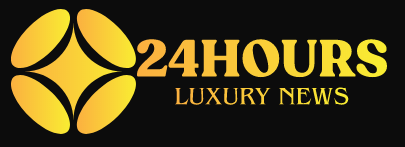However, it is by no means sufficient to simply equip the devices with the corresponding sensors. The requirements for the IoT are much higher. The full potential of the IoT can only be exploited if it makes use of solutions that are highly user-friendly and offer real added value in everyday life.
However, the modern requirements for sensors pose great challenges for providers - at any given time, different types of devices must be able to record individual variables in extremely complex environments. However, these diverse requirements are also accompanied by numerous approaches to solutions.
Highest demands on IoT sensors
Smart concrete monitoring, for example, is a good example of how the innovative sensors must constantly record a larger number of measured values. However, the demand is increasing for particularly small devices whose energy consumption is as low as possible - despite higher performance.
In addition, the sensors must not only be able to collect and measure data, but also to process it, at least in part. However, some smart sensor modules can already be found which, in addition to their pure sensor function, also fulfil functions from the area of data processing, for example in the area of concrete monitoring.
These three challenges need to be mastered
The technology
The manufacturers are required to use all their expertise to deal with the physical restrictions, for example. In addition, the systems should constantly be characterised by more awareness and intelligence. In order to reconcile these requirements, a comprehensive use of the technological possibilities across many product platforms is necessary.
Difficult development of MEMS sensors
However, it must also be taken into account that the industry is extremely fragmented. The highest turnover generated by innovative MEMS sensors today is in the smartphone segment. The design of the sensors is thus largely dictated by the manufacturers of these devices. In contrast, since the IoT market sometimes has completely different requirements for the sensors, the sensor suppliers must strive to develop cross-platform software and hardware solutions.
Increasing demands on IoT
The last major challenge is that the complexity in the field of IoT is continuously increasing. Nowadays, it is therefore hardly sufficient to focus solely on supplying the pure components. However, this challenge can be mastered with the help of intelligent and integrated sensor solutions, which continuously combine more functions in individual components for system processing.
However, a company can hardly develop a complete solution for itself that is completely all-encompassing. For this reason, it is necessary for partner companies and suppliers to work extremely closely together, for example to develop the necessary reference designs.
What is important for successful IoT applications?
In order to implement a successful application for the Internet of Things, the basis is to cooperate with a sensor supplier who is technically experienced and has a comprehensive understanding of the highly complex field.
It is important that their portfolio contains a wide range of powerful sensors and that the IoT solutions are customised to the individual needs and requirements of the customer.

